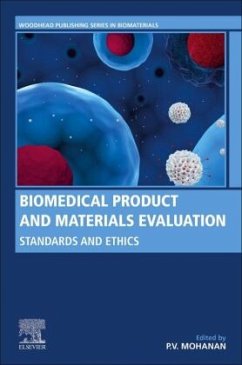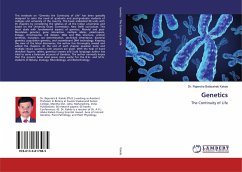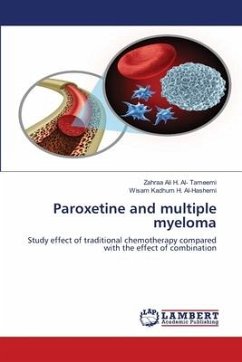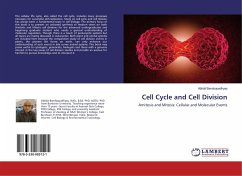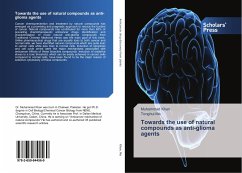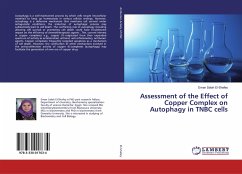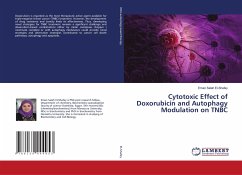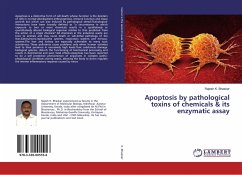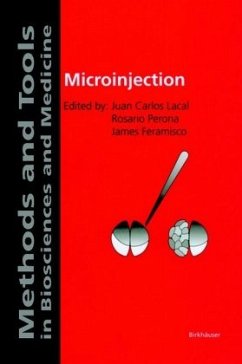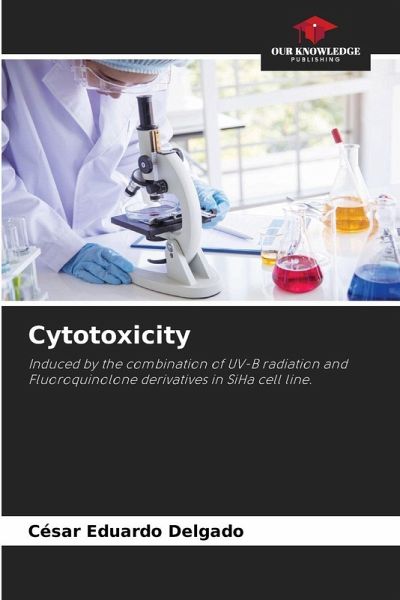
Cytotoxicity
Induced by the combination of UV-B radiation and Fluoroquinolone derivatives in SiHa cell line.
Versandkostenfrei!
Versandfertig in 6-10 Tagen
29,99 €
inkl. MwSt.

PAYBACK Punkte
15 °P sammeln!
In this book we can observe the modifications at the molecular level caused by HPV damage and radiation from the sun, particularly UV-B radiation. We will be evaluating two very important proteins in the excessive growth of cells such as P53 and the E2F1 factor, proteins of great importance in normal cellular processes such as cancer. The aim is to achieve a synergy in terms of a slightly less invasive and slightly more rewarding therapy, all this with low doses of UV-B radiation and drugs derived from fluoroquinolones. All this in an experimental model with cells derived from HPV cancer calle...
In this book we can observe the modifications at the molecular level caused by HPV damage and radiation from the sun, particularly UV-B radiation. We will be evaluating two very important proteins in the excessive growth of cells such as P53 and the E2F1 factor, proteins of great importance in normal cellular processes such as cancer. The aim is to achieve a synergy in terms of a slightly less invasive and slightly more rewarding therapy, all this with low doses of UV-B radiation and drugs derived from fluoroquinolones. All this in an experimental model with cells derived from HPV cancer called SiHa cells, which are carriers of one of the most carcinogenic HPVs known as HPV-16. Among the most carcinogenic are HPV-13 and HPV-18. Taking this into account, we proceeded to carry out studies to evaluate at what dose of UV-B radiation we can obtain a favorable and non-harmful result. It was found that low doses can contribute to cell proliferation with a much better effect at the cellular level.



